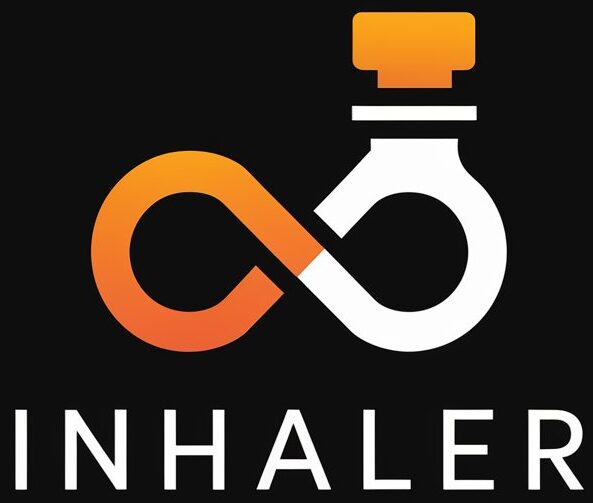Asthma is characterized by inflammation and constriction of the bronchial tubes, leading to decreased airflow into the lungs. This chronic respiratory condition presents with symptoms such as shortness of breath, chest tightness, coughing, and wheezing. Asthma attacks, an extreme manifestation of these symptoms, can be severe, life-threatening, and necessitate emergency treatment.
Initial Aid at Home
The aim of emergency asthma management is to quickly control acute symptoms and prevent progression to severe asthma attack. At the first sign of an asthma attack, one should immediately use a short-acting beta-agonist inhaler, or rescue inhaler, recommended by the doctor. It is essential to follow the correct inhaler technique in order to ensure the maximum delivery of the medication to the lungs. Patients should also ensure they are residing in a calm and stress-free environment as anxiety can intensify the symptoms.
Emergent Medical Care
When symptoms persist despite the use of a rescue inhaler, or if they worsen rapidly, immediate medical attention may be necessary. Typically, the emergency medical team provides rapid sputum opening treatments in the form of nebulized medications, such as albuterol or ipratropium. Systemic corticosteroids may also be administered to reduce severe inflammation of the airways.
Medical Monitoring
In severe or persistent cases, hospitalization might be needed. This ensures the patient can be closely monitored, with oxygen levels and vital signs checked regularly. Lung function tests may also be performed to assess the severity of the asthma attack.
Long-Term Control Options
Ultimately, prevention is better than cure. Optimizing long-term control therapies can prevent flare-ups and ensure better overall asthma control. Inhalers containing corticosteroids, long-acting beta-agonists, or both are the mainstay of treatment. Additionally, leukotriene modifiers, theophylline, and biologics might be considered for certain individuals depending on the severity and type of asthma.
Conclusion
Understanding the options for emergency asthma treatment can empower patients and their caregivers to act swiftly and efficiently when an asthma attack occurs. Maintaining a well-informed strategy for managing both daily symptoms and unexpected exacerbations of asthma can lead to improved health outcomes. Lastly, always remember to keep the asthma action plan devised by your doctor at an accessible place and inform your close contacts about it.
Frequently Asked Questions (FAQs)
1. What triggers an asthma attack?
Asthma triggers vary among individuals but can include allergens (like pollens, dust mites or pet dander), air pollutants, cold air, strong fragrances, strenuous physical activity, and stress.
2. What should I do during an asthma attack?
Use your rescue inhaler immediately. If your symptoms do not improve within a few minutes, seek medical help right away.
3. Can asthma be completely cured?
Currently, there is no cure for asthma, but its symptoms can be controlled effectively with the right treatment plan.
4. How can I prevent an asthma attack?
Asthma attacks can be prevented by avoiding triggers, maintaining a healthy lifestyle, and taking preventive medications as prescribed by your doctor.
5. What is a nebulizer and how is it used in emergency asthma treatment?
A nebulizer is a machine that converts asthma medicine into a fine mist that can be inhaled deep into the lungs. It is commonly used in emergency situations when a quick and large dose of medicine is required.

